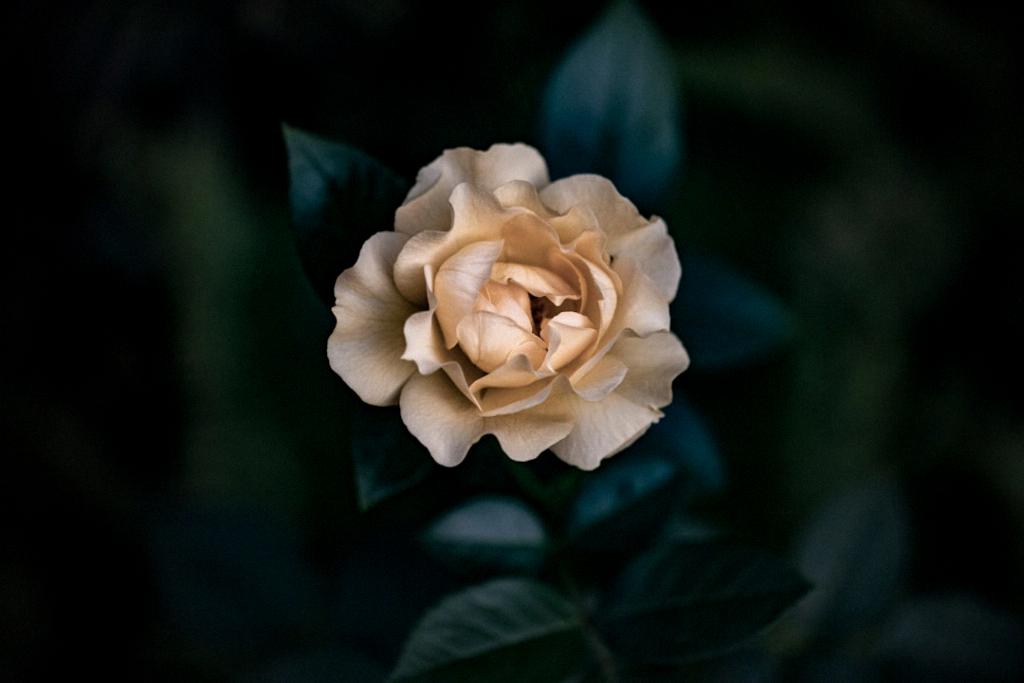When it comes to cultivating the beautiful and fragrant gardenia plant, there are some key factors to consider in order to ensure its successful growth and flourishing. Whether you choose to grow your gardenia indoors or outdoors, providing the ideal conditions and care is essential for its health and vitality. In this comprehensive guide, we will explore the steps and tips on how to grow a gardenia successfully, so you can enjoy its stunning blooms and delightful scent.
Choose the Right Location
One of the fundamental aspects of growing a gardenia is selecting the appropriate location for your plant. Gardenias thrive in well-lit areas that receive bright, indirect sunlight. Whether you opt for indoor cultivation or outdoor planting, ensure that your gardenia is placed in a spot with ample natural light to promote healthy growth. Avoid direct sunlight, as it can scorch the delicate leaves of the gardenia plant.
Selecting the Soil
The next step in growing gardenias is choosing the right soil for your plant. Gardenias prefer acidic, well-draining soil that is rich in organic matter. You can use specialized potting compost designed for acid-loving plants or mix peat moss into your garden soil to create the ideal growing medium for gardenias. Additionally, avoid using lime-rich soil, as gardenias thrive in slightly acidic conditions.
Planting the Gardenia
When planting your gardenia, whether in a pot or in the ground, ensure that the plant is placed at the same level as it was in its original pot. Gently loosen the roots before placing the gardenia in the soil and patting it down firmly. Water the plant thoroughly after planting to help settle the soil around the roots and provide essential moisture for the gardenia.
Watering and Moisture
Proper watering is crucial for the health of your gardenia plant. Gardenias prefer consistently moist soil, so it’s essential to water them regularly, especially during the growing season. Use rainwater or distilled water to avoid the buildup of mineral deposits in the soil. Check the moisture level of the soil regularly and adjust your watering frequency based on the plant’s needs.
Feeding and Fertilizing
Feeding your gardenia plant with the right nutrients is essential for promoting healthy growth and vibrant blooms. Use a specialized fertilizer formulated for acid-loving plants and apply it according to the package instructions. Fertilize your gardenia during the growing season, typically from spring to fall, to provide the plant with the necessary nutrients for optimal development.
Temperature and Humidity
Gardenias thrive in moderate temperatures and high humidity levels, making them ideal for growing in greenhouse environments or homes with controlled climates. Maintain a temperature range of 65-70°F during the day and slightly cooler temperatures at night to promote healthy growth and flowering. Increase humidity levels around your gardenia plant by using a humidifier or placing a tray of water nearby.
Pruning and Maintenance
Regular pruning is essential for keeping your gardenia plant healthy and shapely. Prune back any dead or damaged branches to encourage new growth and improve air circulation within the plant. Remove faded blooms to stimulate the production of new flowers and prevent the plant from expending energy on seed production. Clean your gardenia plant regularly to remove dust and pests that can hinder its growth.
Pest Control
Keep an eye out for common gardenia pests such as aphids, mealybugs, and whiteflies, which can damage the plant and affect its overall health. Inspect your gardenia regularly for signs of infestation, such as yellowing leaves or sticky residue on the plant. Use organic insecticidal soap or neem oil to control pests and prevent further damage to your gardenia.
Repotting and Transplanting
If your gardenia outgrows its current container or starts showing signs of root-bound, it’s time to repot the plant into a larger pot with fresh potting mix. Repot your gardenia during the spring or early summer when the plant is actively growing. Gently remove the plant from its current container, loosen the roots, and place it in a new pot with suitable soil. Water the plant thoroughly after repotting to help it acclimate to its new environment.
Winter Care
During the winter months, gardenias may require special care to survive the colder temperatures. If you live in a region with harsh winters, consider bringing your gardenia indoors to protect it from frost and chilly weather. Place your plant in a bright, cool room away from drafts, and continue to provide it with regular watering and care to ensure its well-being during the winter season.
Enjoying Your Gardenia
With proper care and attention, your gardenia plant will reward you with its stunning blooms and exquisite fragrance. Take the time to appreciate the beauty of your gardenia as it grows and thrives in its environment. Create a regular care routine for your plant, incorporating watering, feeding, and maintenance tasks to ensure its continued health and vitality. By following these guidelines on how to grow a gardenia, you can enjoy the magic of this enchanting plant in your home or garden.

